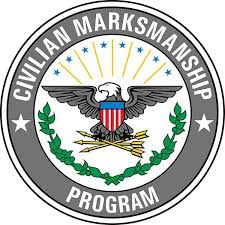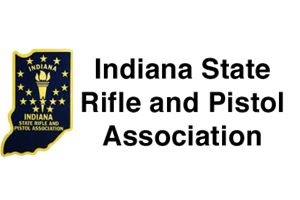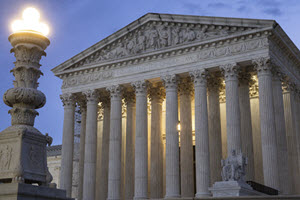2024 will soon be history. To say this was a turbulent year is an understatement to say the least. With the national elections taking up a lot of our attention the last several months, this seems like a good time to look back on what happened at the Indiana General Assembly (IGA.)
A couple major wins for 2nd Amendment (2A) supporters became law here in the Great State of Indiana. Financial institutions and credit card processors who collect information on gun owners (creating a gun registry) will now face legal consequences for such action. This was not as strong of a deterrent as we had hoped for (banking regulators have the responsibility to review, not the Attorney General’s office with the big hammer) but it is definitely a step in the right direction.
Legislation was passed into law to end the 24-year-old civil suit known as (the city of) Gary v. Glock. Basically, the City of Gary suing gun manufacturers for Gary’s problem with criminals. This legislation was much needed to stop the release of private information on an estimated 400,000 ATF Form 4473s.
These bills were up for committee hearings in both chambers (Senate and House) and each of the four times the testifying in support was: John Weber (NRA-ILA Lobbyist) Christopher Lee (National Shooting Sports Foundation) Guy Relford (The 2A Project) and myself representing the ISRPA. I still am very proud to have been on that team.
Also passing into law, Police Departments now have more flexibility in transferring surplus firearms. Trades with other departments for equipment and transfers to Federal Firearms Licensees will allow for better use of resources. Maybe we won’t have to pay as much in taxes now.
For the first time, Indiana will have a Bobcat Season starting in 2025. I know there are a lot of ISRPA members in rural areas. This will be a great help in protecting livestock.
The General Assembly adjourned 8 March 2024. If from then until… 6 November seems like a blur? You are not alone. Hopefully you are not sending the ISRPA Legislative Update emails to your SPAM folder. I realize the “elections have consequences” and “most important election of our lifetime” themes may have been mentioned 1 or 2… hundred times. Gun owners absolutely stepped up in this election. THANK YOU!!
It is now December. That means the Indiana General Assembly session for 2025 will be back in session before we know it (8 January.) It is a budget year (Indiana passes a two-year budget on odd-numbered years) so the session will run from 8 January until late-April this year. This means more days with committee hearings, which means a better chance of getting bills introduced in committee and eventually arriving on the Governor’s desk for signature.
At the time of writing this article, there are no bills posted on the IGA website. My “sources” (“sources” sounds much more impressive than, “A guy I know, who knows this other guy…”) tell me we should see a bill that strengthens Constitutional protections for individuals accused of being “dangerous” under Indiana’s red flag law (also known as the Jake Laird Law, named for a fallen Indianapolis Police Officer.) This law (which has been in Indiana Code since 2005) was greatly improved in 2019 with much more specific language added to define “danger to themselves or others.” Since being “dangerous” under this law is a civil proceeding and not a criminal proceeding, there are significant differences. An example of strengthening protections would be having a lawyer appointed without charge if you can’t afford one. This protection of the accused currently extends only to criminal proceedings.
Conversely, anyone charged with providing knowingly false information that someone is “dangerous” under the Laird Law, that is at minimum Class A Misdemeanor/criminal proceeding. They get a lawyer provided if they can’t afford one.
Also, this could be the year a bill which makes pointing a firearm in a self-defense situation (but not rising to deadly force situation) would become a reasonable use of force. Due to an Indiana Circuit Court decision (Nantz v. State 2001,) the act of pointing a loaded firearm in a situation where reasonable force (but not deadly force) is authorized, is a felony.
In 2025 we will see a resolution return to amend the Indiana Constitution. Here in Indiana amending the Constitution is not an easy process. A resolution must pass both the Senate and the House. Then after an election, the resolution must again pass both the Senate and House again. After that, it goes on the ballot and the Indiana voters decide.
In 2023, a resolution passed to amend the Indiana Constitution concerning what crimes an alleged criminal can be held without bail Currently, only murder and treason are no-bail crimes. Treason against the State of Indiana is in the Indiana Constitution. It is obvious the early Hoosiers who drafted our State Constitution were well-versed on the US Constitution.
Allowing for violent-repeat offenders who are a threat to others to be held without bail will help keep the worst of the worst behind bars. This resolution is very specific in order to prevent it from being applied to anyone other than the most violent criminals.
2024 is a year we will not forget. 2025 will give us opportunities to support legislation that further protects our 2nd Amendment rights. Stay tuned, more to follow.
Kelly Myers, ISRPA Government Affairs Co-Director











